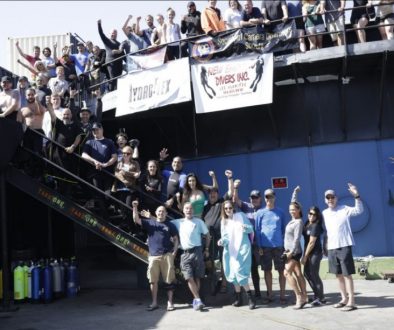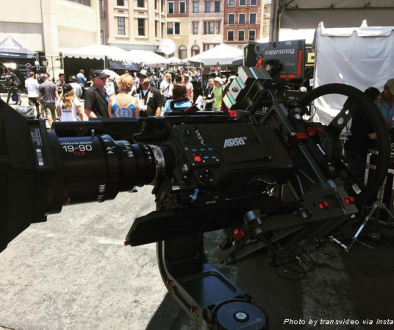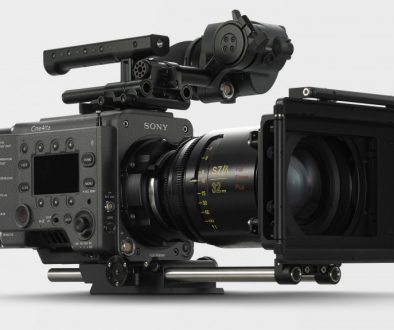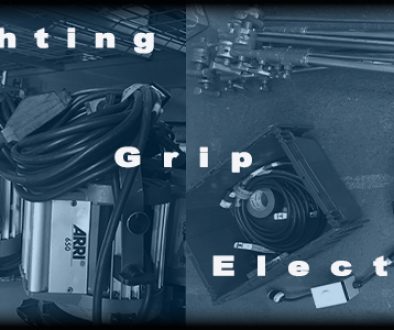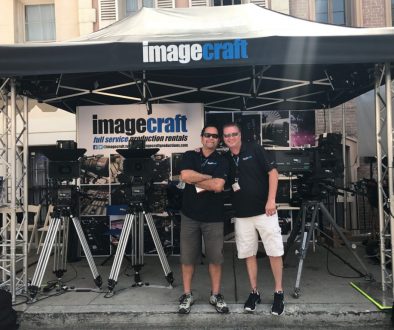Keeping up with the K’s: 4K, 6K, 8K
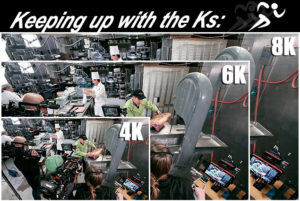 Technology is always evolving. In the television industry we’ve moved from standard definition to high definition and now onto, the Ks. Is this a technology trend that is here to stay or is it ahead of it’s time causing the excitement to die out before the rest of the television technology world catches up?
Technology is always evolving. In the television industry we’ve moved from standard definition to high definition and now onto, the Ks. Is this a technology trend that is here to stay or is it ahead of it’s time causing the excitement to die out before the rest of the television technology world catches up?
In the following Q&A, Gene Duggan – Director of Sales and New Business Development at Imagecraft Productions, shares his insight on how the Ks have affected his clients and the television production industry, from the rental house perspective.
Q. What is your understanding of what the Ks are and do?
A. The K’s in 4k, 6k, 8k, and beyond, represent the horizontal resolution of an image. For example if you have a 4K camera shooting an image you will be creating 4,000 pixels of horizontal resolution and 2,000 pixels of vertical resolution. So in essence, the more K’s you have, the more information is being captured.
Q. How do you think the television industry has reacted to the Ks?
A. With trepidation. We are all still trying to figure out how to get a 4k signal into the homes of viewers. The bandwidth required is massive and the infrastructure isn’t there yet.
Q. What is the biggest change you’ve seen since 4K was introduced?
A. The camera and lens manufacturers have it figured out but the rest of the television community has yet to figure out affordable solutions to support 4k. For example, in order to see a proper 4k signal you need to purchase a $25k monitor. Most clients’ budgets don’t support renting or purchasing equipment like that.
Q. At NAB companies were talking about 8K and higher. How does this affect the TV industry?
A. 8k and higher will not affect the TV industry for some time. As stated above, we cannot even get 4k into our homes. This higher resolution will be more for Feature Films, Gamers and Virtual FX.
Q. As a sales person for a rental house, are your clients looking for this sort of technology? Why and how does it improve what they are shooting?
A. More and more we are running into clients who want to shoot for 4k capture, even if they aren’t necessarily going to air the 4k footage. This allows them to “future proof” their project for archival purposes.
Q. Are their comparable technologies out there? What do you recommend to clients as a substitute?
A. Each client has different wants and needs. It really depends on the project and situation. It also has a lot to do with budget. A lot of clients want to shoot for 4k capture, but only want to pay for standard definition. It shouldn’t work that way but that is what we have to deal with on a daily basis.
Q. Like HD took the place of standard definition, do you think the Ks will do the same?
A. Of course, only time will tell as to when.
Q. Because support equipment hasn’t been able to keep up with the technology of the cameras and lenses that shoot 4K and up, do you think this affects what people use and don’t use on shows?
A. Most manufacturer’s haven’t caught up to the 4k train or it is way to expensive for consumers. Part of the problem is producers think because you can buy a 4k Prosumer camera for $4,000.00 or so, then everything should be that inexpensive…it doesn’t work that way unfortunately.
Q. How do you see this technology trend working in the next 5 years?
A. I believe that once the bandwidth issue is figured out and manufacturers and networks are able to get 4k programming into our homes, it will then be onto 8k, 12k, etc., but until then, the higher the “K” the more expensive your project becomes.
Originally published by Production Hub

